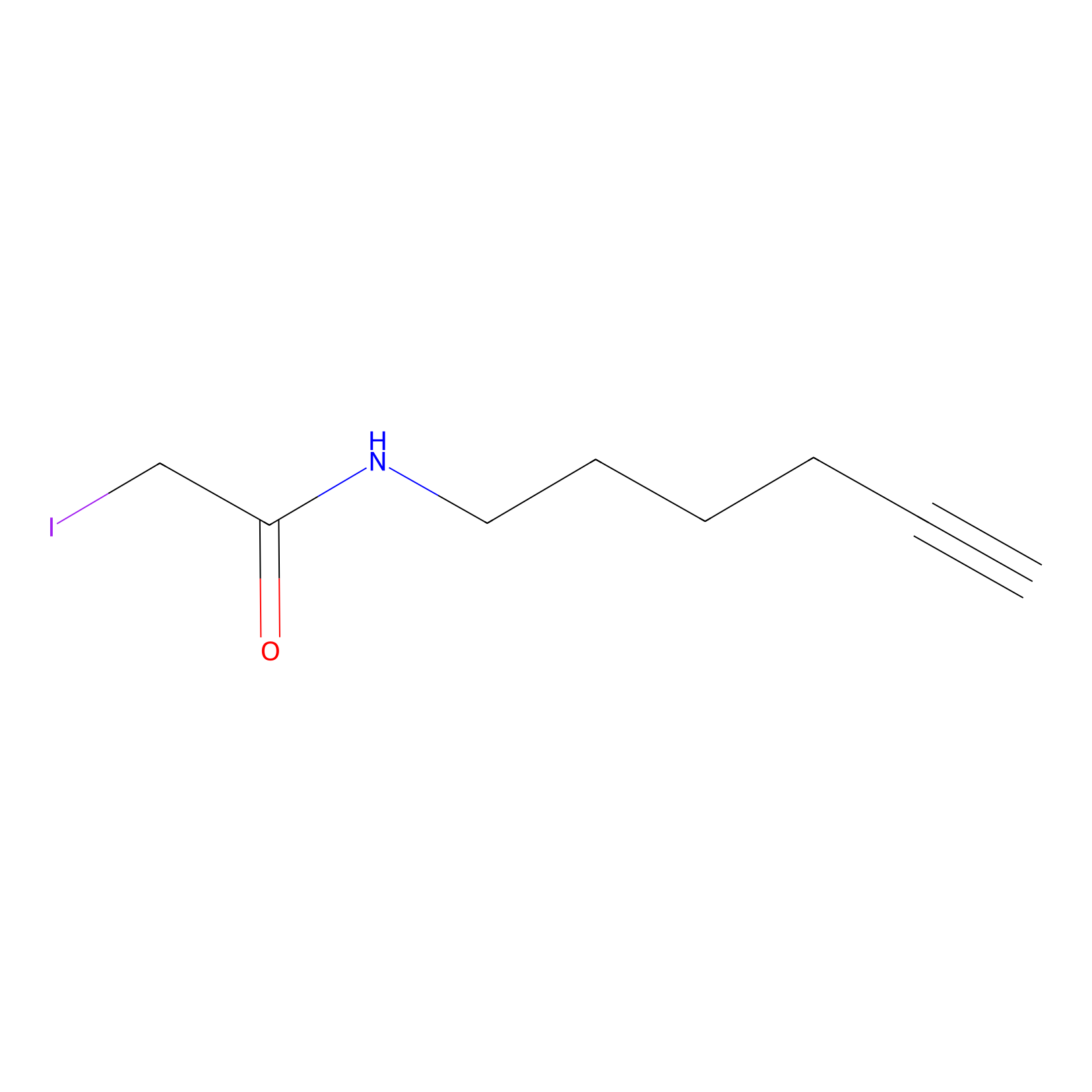Details of the Target
General Information of Target
Probe(s) Labeling This Target
ABPP Probe
| Probe name | Structure | Binding Site(Ratio) | Interaction ID | Ref | |
|---|---|---|---|---|---|
|
Alkyne-RA190 Probe Info |
 |
3.81 | LDD0300 | [1] | |
|
IA-alkyne Probe Info |
 |
C142(20.00) | LDD1704 | [2] | |
Competitor(s) Related to This Target
The Interaction Atlas With This Target
References
